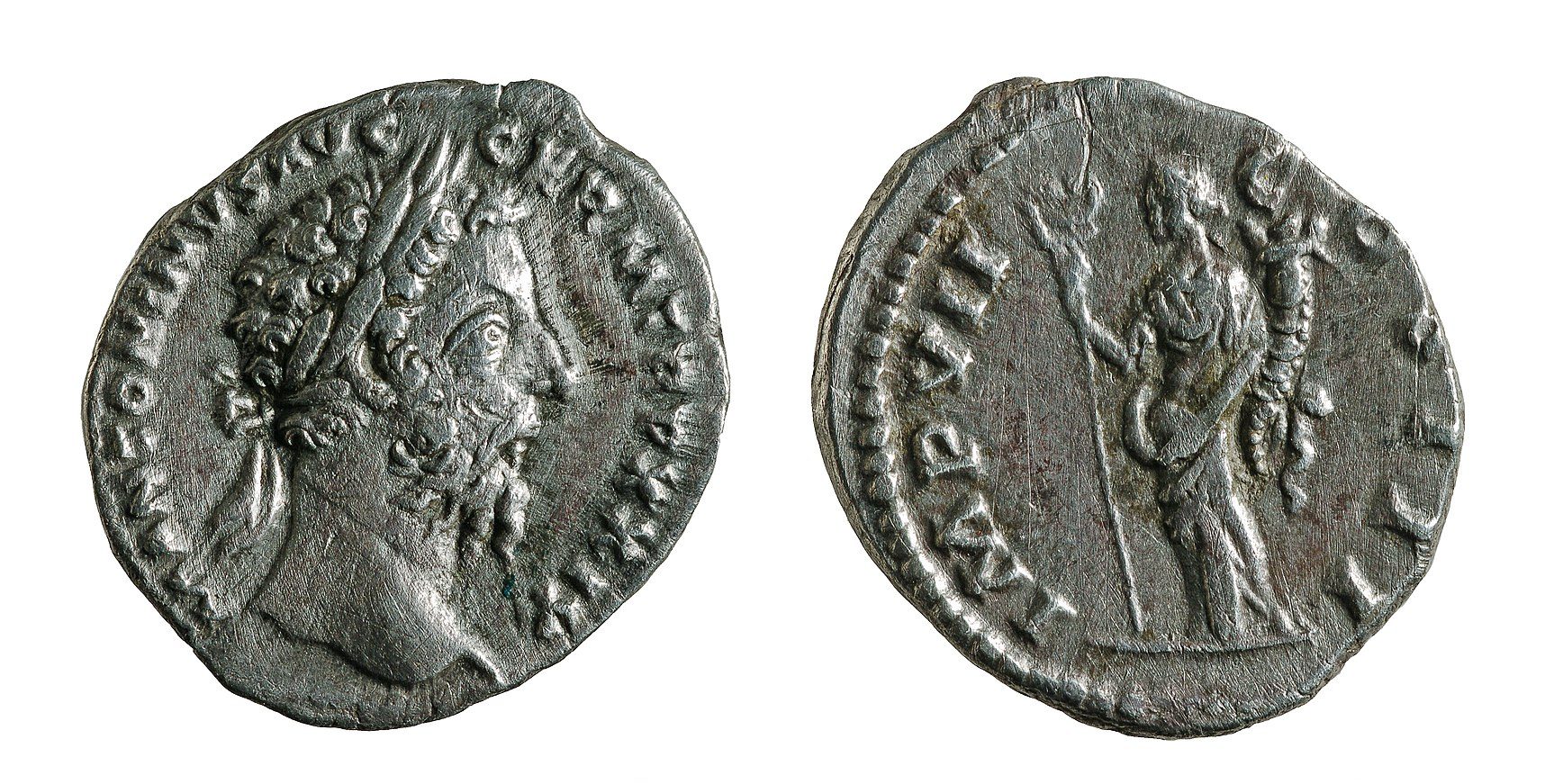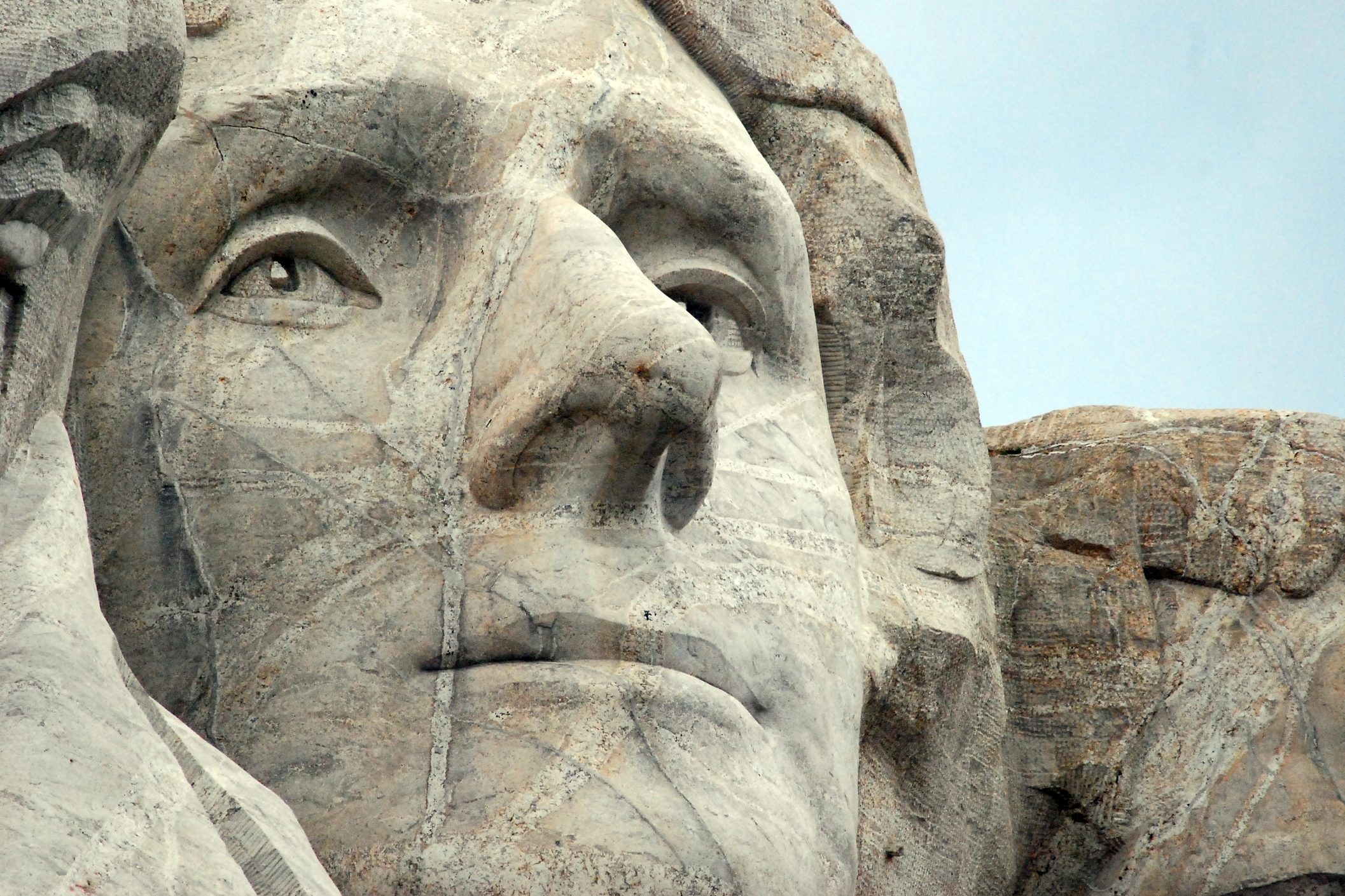As we exchange gifts and recover from the debt accrued on our credit cards resulting from our holiday shopping, the end of December also means, at least for me, a time to get ready for the numismatic convention in New York City next month.
For the past decade, I have attended the New York International Numismatic Convention held annually at the Waldorf Astoria Hotel. This year marks the 42nd convention that is scheduled for Thursday-Sunday, January 9-12, 2014.
Since I was an adolescent, I have had a profound interest in ancient Roman history, and I am convinced that I have acquired so much more knowledge by examining coins from this period than students registering for an undergraduate/graduate course specializing in this era. I am also confident that my awareness of antiquity has increased tenfold by simply talking with coin dealers and examining and researching a variety of ancient Roman coins.
What intrigues me most about this convention, however, is not only the experience I get when I meet an affable coin dealer who is kind enough to allow me to hold a coin, sometimes worth several thousands of dollars (way out of my budget) but while I examine this precious metal and the palm of my hand begins to sweat, I wonder for a second or more, about the history behind the coin.
For instance, my imaginary narrative usually starts the moment I touch the coin and ask myself the following: Who made the coin?
How was it used? Was it used to buy bread or a slave, and did a prominent figure in ancient Rome such as Praetorian Prefect or even a Roman Emperor touch this coin?
Hence, the end of December means the little boy inside me awakes, so much so, that for the past four years, I have made this into a family event as I persuaded a cousin with similar interests, to come from Connecticut with his family, and stay the weekend, so we can relive a past civilization and experience something unique and special.
One of the luring aspects involved with numismatic research is studying about the rulers of past Empires. Scholars and collectors alike, intrigued by ancient Roman coins, are drawn to these popular characters who have left an indelible mark on history. One of the more daunting factors when researching ancient Roman history is the literary sources, although numerous, remain limited and in some cases unreliable.
There are several writers of this period whose names are synonymous with the Empire but their accounts are questionable.
The biographies written in the Historia Augusta for example, were originally considered the work of several authors, but are really the work of one writer toward the end of Rome’s Imperial period.
Whenever historians make reference to this text, they usually preface their explanation by alluding to the fact that the text is filled with inaccuracies. Another complex obstacle for scholars and those interested in ancient Roman history, is sifting through factual information supported by primary documents versus hyperbole generated by the authors’ eye-witness accounts.
In order to navigate through these flawed texts and create specific hypotheses pertaining to ancient empires, researchers gather evidence from archaeological vestiges, imperial portraiture, and one of the oldest hobbies in the world, coin collecting.
For those outside the world of ancient coin collecting, the usual names of ancient Rome such as Julius Cesar, Augustus, Caligula, and Nero, is what defines this complex period. Enthusiasts involved with ancient Roman coins, however, sometimes develop more of a curiosity for unknown leaders who do not get the attention they equally deserve.
As I get ready for this year, therefore, and move beyond the Roman Republic and Twelve Caesars stage, I have become fascinated with the Severan dynasty (from 193 to 235 CE) started by Septimius Severus. One of the reasons for my curiosity is because of an eccentric Roman Emperor called Elagabalus.
Marcus Aurelius Antoninus Augustus, otherwise known by his moniker as Elagabalus (or spelled Heliogabalus in Greek) was a teenager when he first ruled Rome in 218 CE, and is an unfamiliar personality for inexperienced collectors and students of this epoch time in world history.
This unknown but yet unconventional Emperor leaves many scholars and ancient coin enthusiasts puzzled by some of the most bizarre stories ever to be recounted about a ruler. Stories that suggest his insatiable appetite for sex is legendary but many experts believe these stories are more of a farce created by critics who did not like his (or family’s) religious conviction that went against ancient Roman deities and also disliked the family because they were originally from the Middle East.
Elagabalus was born circa 203 CE, in Emesa (present day Homs) located in the Western part of Syria. One of the more interesting aspects when examining the reverse of some of Elagabalus’ coins is viewing a stone. The sanctuary located in Emesa was adulated in the shape of a black stone. He and his family worshipped a sun god called Elagabal. In the Sun God is hence the etymology of Elagabalus or Heliogabalus stems from this origin. Many historians are firmly convinced the black stone was actually a meteorite that fell from the sky and was labeled a religious symbol by the locals.
The teenage Emperor’s religious conviction can be verified through investigating his coins but not many of the other stories such as the ruler’s propensity for vice and debauchery can be substantiated. His birth name was Varius Avitus Bassiansus and he owed a great deal to his maternal grandmother and her family for orchestrating his ascendency to the Roman throne.
Julia Maesa, Elagabalus’ grandmother, and sister of Julia Domna (the wife of Emperor Septimius Severus and mother of Emperor Caracalla who killed his brother Geta for political power) are also interesting characters worth collecting and must be credited with paving the way for the Emperor’s place in ancient Roman history.
Elagabalus’ brief reign (218 to 222 CE) is marked by the usual polemics that encompass most Roman Emperors. More importantly, however, whether one views the obverse or reverse of any coin, the true story will unveil itself through the images that convey or highlight a particular moment about the ruler’s life or legacy, and that becomes the true value of any coin.
































